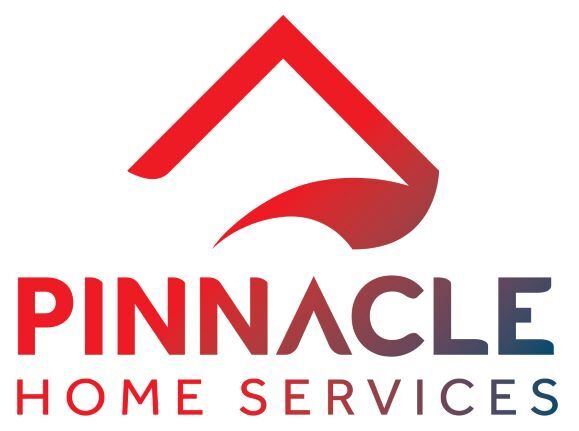Underpinning Foundation in Sacramento Area & East Bay
Your Local Underpinning Repairs & Stabilization Experts
The foundation of a building is its most critical component, ensuring stability, safety, and longevity. Over time, various factors can compromise the integrity of a foundation, necessitating specialized repair techniques. Underpinning and foundation stabilization are two such methods that address and rectify foundation-related issues. This article delves into the challenges that necessitate these repairs and the solutions they offer.
The Underlying Issues with Foundations

5 factors can lead to foundation problems:
- Soil Settlement: Over time, the soil beneath a foundation can settle unevenly, causing parts of the building to sink.
- Soil Erosion: Water flow can erode the soil beneath a foundation, leading to voids or unstable ground.
- Soil Expansion: Certain soils, like clay, can expand when wet and contract when dry, causing movement.
- Poor Construction: Inadequate soil compaction or improper foundation design can lead to issues over time.
- External Factors: Tree roots, underground utilities, or nearby construction can impact the foundation’s stability.
The Consequences of Ignoring Foundation Issues
A compromised foundation can lead to:
– Structural Damage: Cracks in walls, uneven floors, and misaligned doors and windows.
– Safety Hazards: In extreme cases, foundation issues can lead to building collapse.
– Decreased Property Value: Foundation problems can significantly reduce a property’s market value.
– Increased Repair Costs: Delaying repairs can exacerbate issues, leading to more extensive and costly fixes in the future.
Underpinning and Foundation Stabilization Solutions

- Mass Concrete Underpinning: This traditional method involves excavating sections beneath the existing foundation and filling them with concrete. It’s a way to spread the structural load over a broader area.
- Pile Underpinning: Deep piles are driven into the ground until they reach a stable soil layer. The structure’s load is then transferred to these piles.
- Mini-Piled Underpinning: Used when there’s limited access or when loads are lighter, mini-piles can go 5 to 15 meters deep, suitable for stabilizing against shifting clay soils or near trees.
- Beam and Base Underpinning: A reinforced concrete beam is constructed above or below the existing foundation, transferring the load to a concrete base spread across a larger area.
- Slab Jacking: Material is pumped beneath a slab or foundation, lifting it to its original level. This method is useful for filling voids caused by soil erosion.
- Soil Stabilization: Techniques like compaction grouting or deep soil mixing can be used to stabilize the ground beneath a foundation.
- Root Barriers: Installing barriers can prevent tree roots from growing into and destabilizing the foundation area.
Securing the Bedrock of Your Structure
The foundation of a building is its most critical component, ensuring stability, safety, and longevity. Over time, various factors can compromise the integrity of a foundation, necessitating specialized repair techniques. Underpinning and foundation stabilization are two such methods that address and rectify foundation-related issues. This article delves into the challenges that necessitate these repairs and the solutions they offer.
Contact us today for foundation stabilization solutions.
